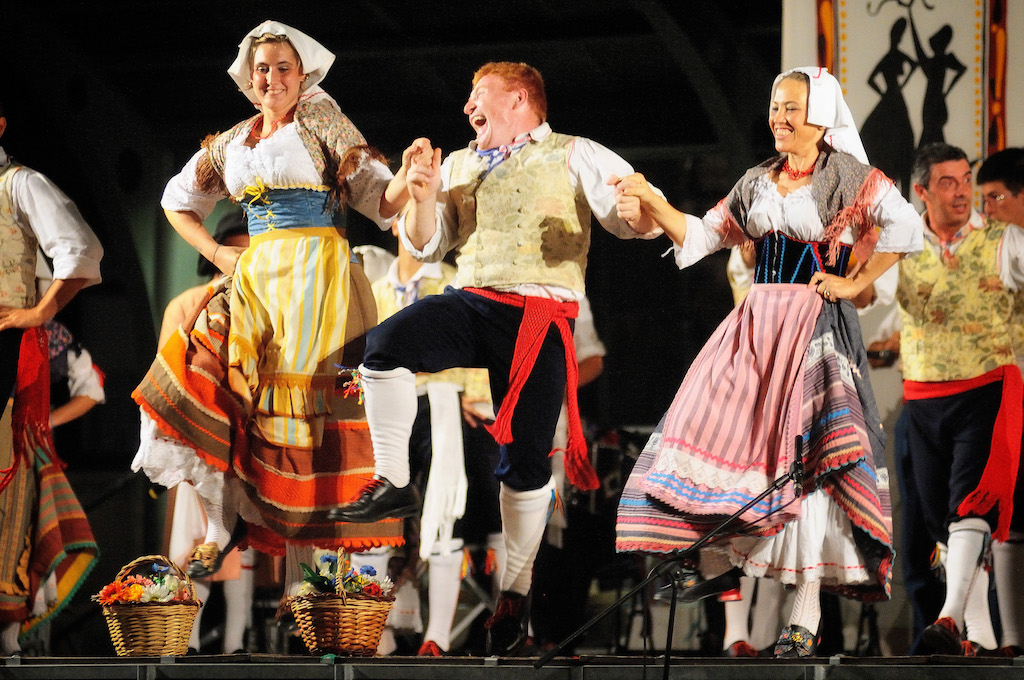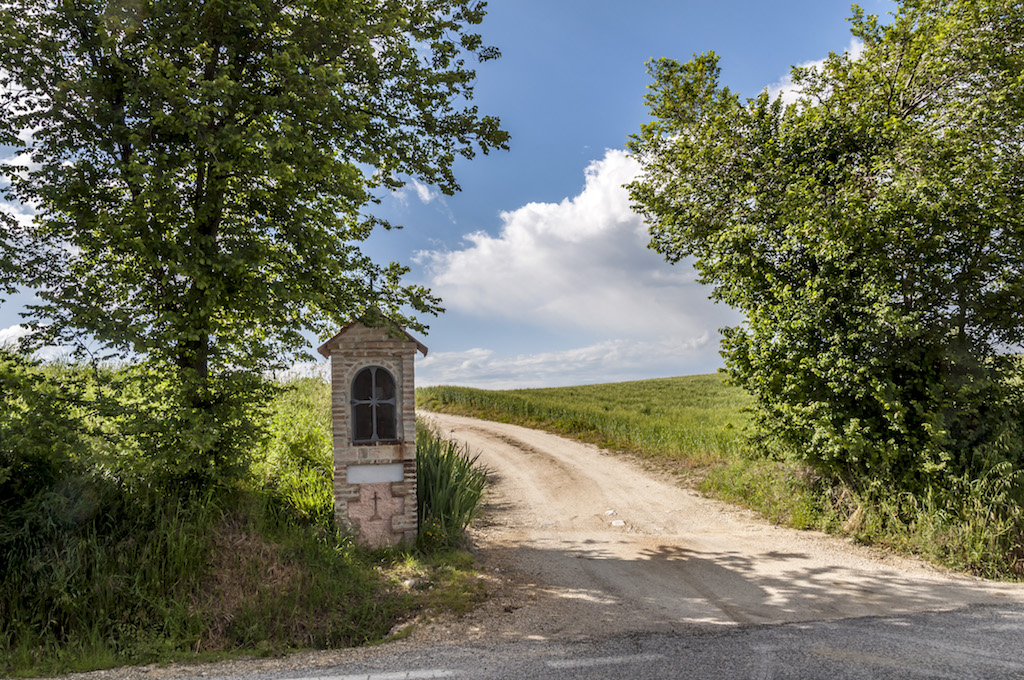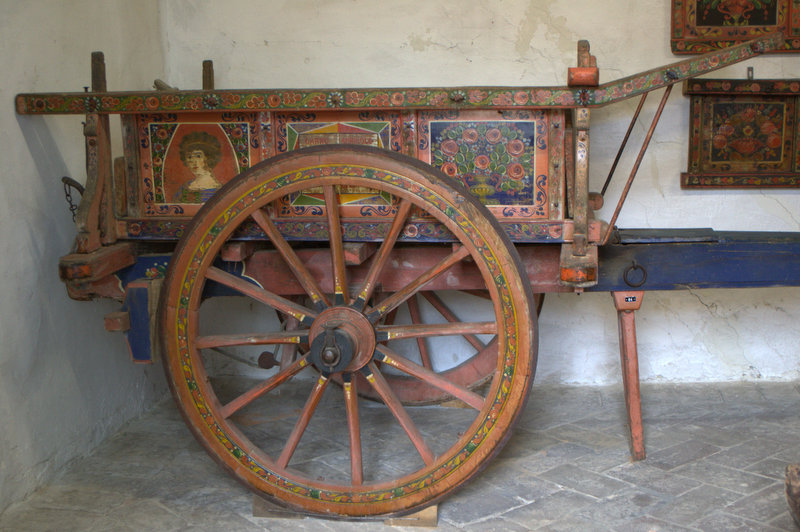Welcome in Offida: craftsmanship, fun and typical products.
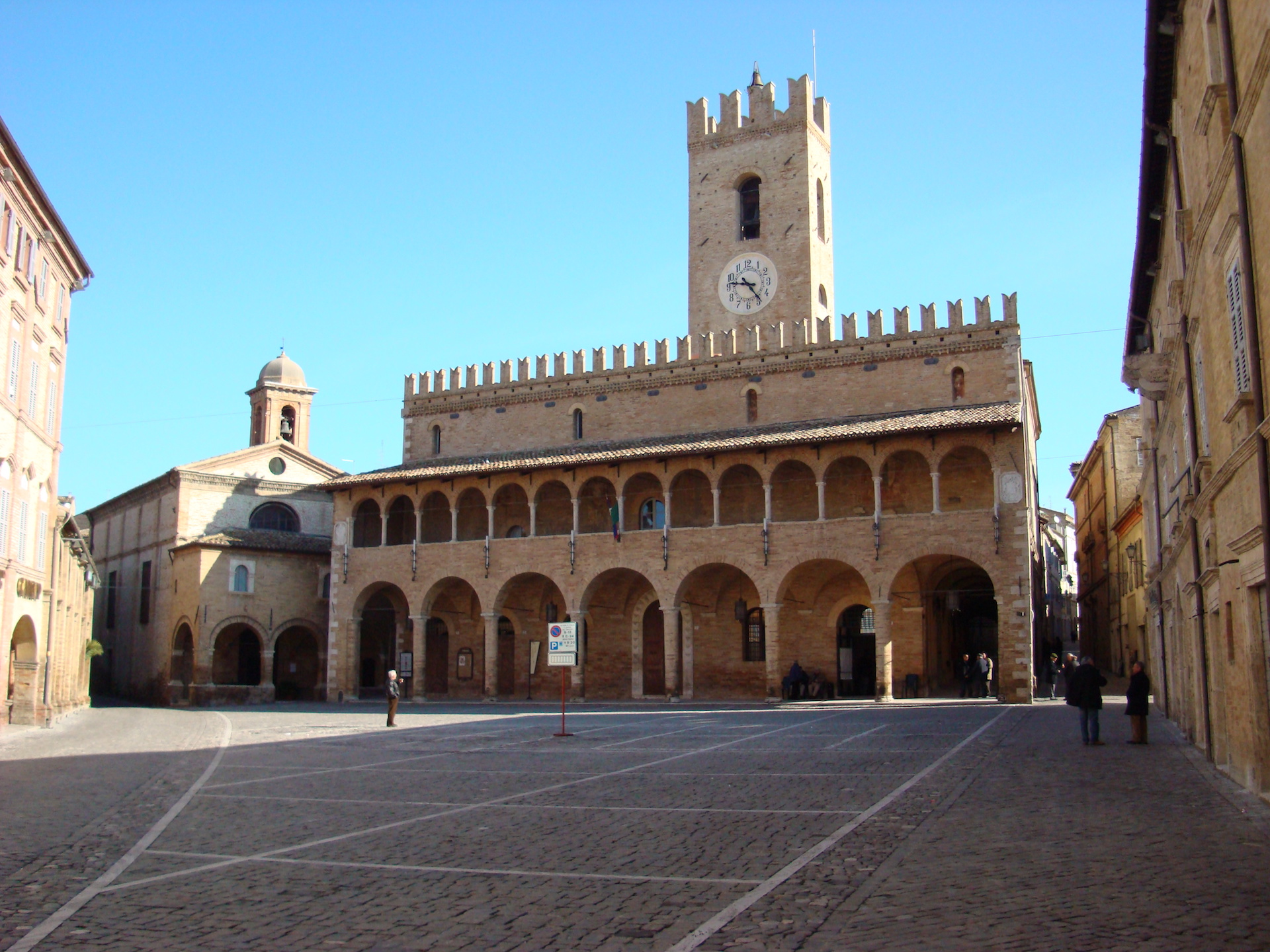
It is in the list of the most beautiful boroughs in Italy: quite rightfully, we add. Offida is indeed a gem in the Piceno area of Marche.
Before meeting the mayor, a quick tour of the town shows us its medieval spirit. After that, mayor Valerio Lucciarini De Vincenzi welcomes us in the charming Town Hall and leads us in the discovery of its treasures.

Santa Maria della Rocca 
Teatro Serpente Aureo
What can you tell us about Offida’s story?
“The origins of Offida date back to remote times. Though the exact date of its foundation is unknown, we can place it in the middle ages. At the time of the fight that opposed Guelph and Ghibelline, it was dominated by Fermo and was its south most bastion against Ascoli. Nowadays we do not care much about these origins, since we feel very close to the Piceno territory and especially to Ascoli. Offida found its most important positioning in the field of religion. It still hosts both the seclusion convent of the Benedictine nuns in the St. Mark cloister, in the city centre, and the Franciscan friars in St. Francis Cloister. Offida’s religious vocation is witnessed also by the church dedicated to St. Mary of the Rock. That vocation was very important during the Renaissance and later when, in 1831, pope Gregory XIV granted it the status of “city”. Another great tradition of ours, the Carnival, dates back to the fifties of the XVIII century. State historical documents found after 1770, relating the will of the administration and of some citizens to build a theatre, show that the first theatre was built on the site where now rises the city council. Furthermore, we are famous since very ancient times because of the art of bobbin lace. Lacemakers are real artists. This art, which they keep alive, enables them to create products which in recent years made us represent Italy in many international exhibitions in Finland, Portugal and the Americas. In Offida, history intertwines with art, folklore and craftsmanship, which always belonged to our tradition”.
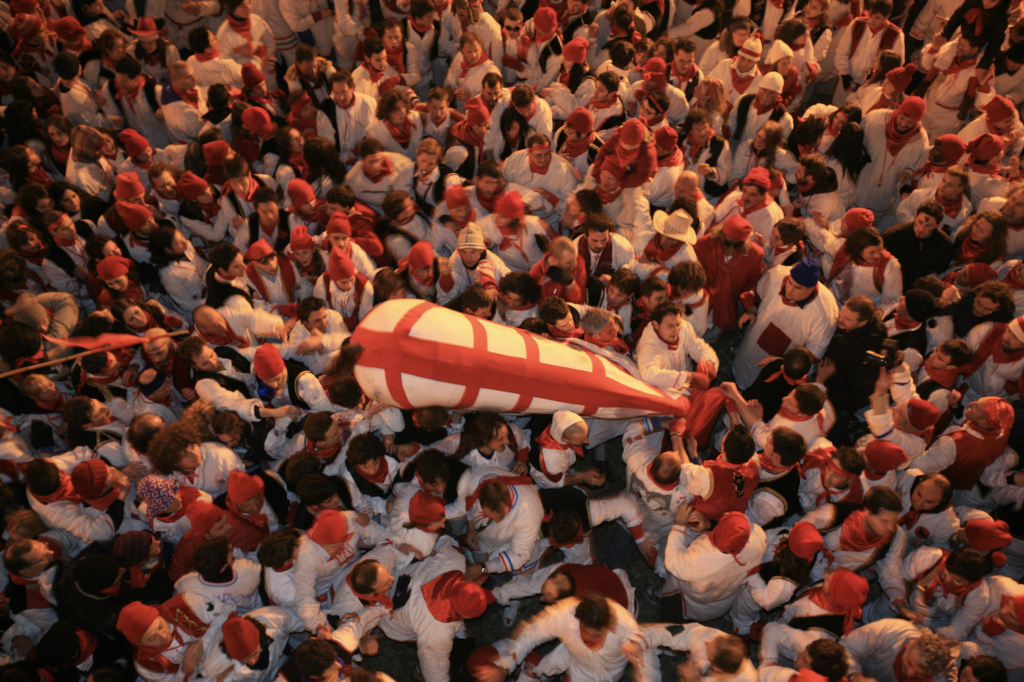
Should you convince a tourist to come to Offida, which cards would you play?
“Certainly the Carnival. It is a extraordinary time which begins on January 27, St. Antony Abbot’s holiday, when the “dances” of the historical associations begin. They are put in place by masked musical groups whose performances liven up the carnival time. It is off-season, winter tourism and certainly the best we can propose to our visitors. Protagonists of the Carnival are not just the streets, but also the Teatro Serpente Aureo (Golden Snake Theatre) in the Cortile di Tramontana (West Court). Furthermore, our beautiful Piazza del Popolo (People’s square), with its Town Hall, is a trademark of ours. The heart of Offida is its very populated and lively historic centre: 98% of it is inhabited, and the main city services are located there. I must mention again the bobbin lace and the annual festival we started four years ago: an unmissable event we foster in the first week of July, with an exhibition of lace from all around Italy, which raises international interest.
Lace is indeed the historical memory of Offida, which we preserve though the acknowledgement of the Offida Bobbin Lace and a museum, inaugurated in 1997, which – along with the Archaeological Museum created by our fellow citizen Guglielmo Allevi and the Museum of Popular Traditions – which keep our traditions alive. There is then St. Mary of the Rock’s, an extraordinary church which offers and inspires very mystical atmospheres.
As far as food and wine are concerned, I can’t neglect the Regional Winehouse, an instrument of touristic promotion and development and an evidence of the great grapevine cultivation and wine production capability of our territory. In addition in Offida, mostly in the summertime, there are plenty of activities, the most remarkable certainly Ciborghi d’Italia, a festival dedicated to traditional cuisine in the most beautiful towns of Italy which we invented and was consecrated by ANCI (The association of Italian cities) as one of its most important national activities”.

Caciù 
Chichì ripieno 
Funghetti
Offida is also renowned because of its enogastronomic excellencies. What would you suggest us to taste?
“Let us begin with a starter: the Taccu’. It is a pasta dish made with flour and water and very tasty in spite of its simplicity. There is then the Ngip Ngiap chicken, a very rich main course whose ingredients include lard and olive oil. You should also taste a slice of chichiripieno, a pizza – to which we dedicate one of our most ancient festivals, now at its 60th edition – stuffed with tuna fish, anchovy and capers. And there is also the Offida sweet Mushroom, requiring poor ingredients (water, sugar and aniseed) but very good. Finally, let us come to wine. Offida’s name has been given to a DOCG, a very high quality and worldwide appreciated wine. Grapevine varieties are Passerina, Pecorino and Red Offida, which along with Falerio and Red Piceno enrich this already very rich basket of typical wines.







